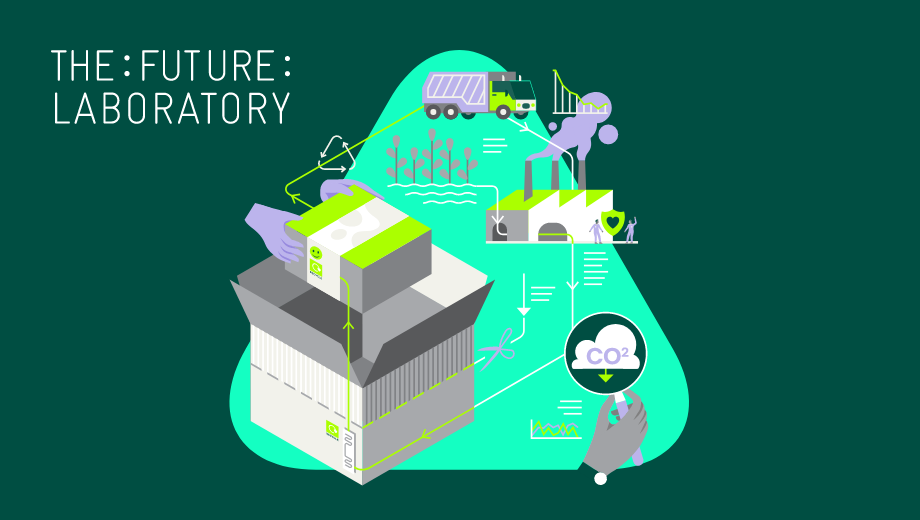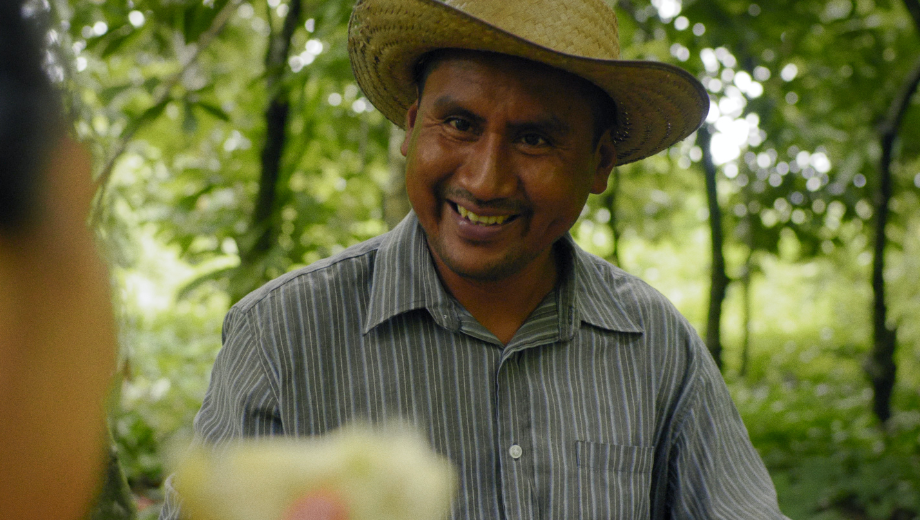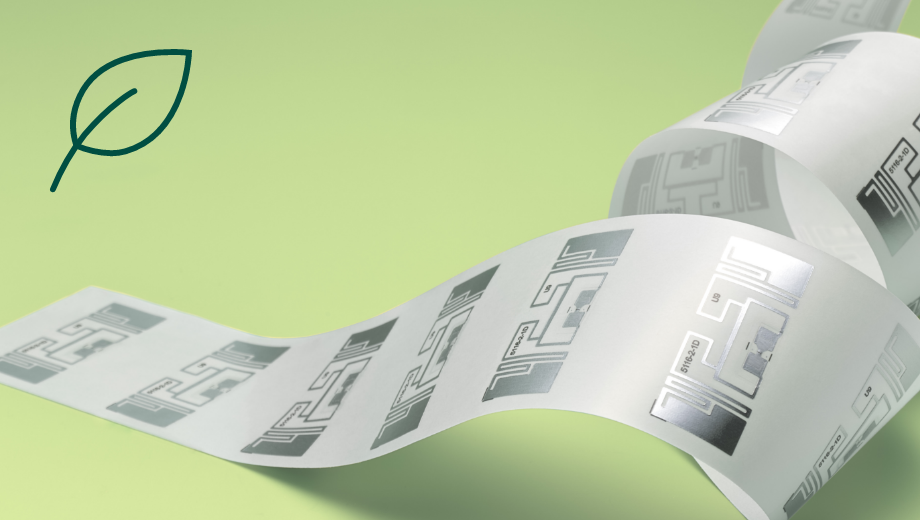RFID as a sorting solution
What if waste sorting facilities could know exactly what a package is, what it’s made of, and where it should go? Radio Frequency Identification (RFID) is an established technology with new potential in the recycling process. By embedding RFID tags in packaging, every item can carry a unique digital identity that can be read at high speed and in real time. But it’s not just about technology. It’s about how it’s applied and the total system.
Veolia’s: a real-world example of RFID in action
At one of Veolia’s advanced sorting centers in Europe, RFID is already making a measurable difference. Working with Turck Vilant Systems, a leading RFID system integrator, the facility was outfitted with 32 RFID antennas and 9 industrial-grade readers, embedded throughout key points in the waste sorting process to identify how plastic packaging performs in sorting.
From the moment tagged packaging items enter the system, passing through bag openers, ballistic separators, and conveyor belts, the RFID readers detect their presence and identity in real time. This enables the facility to track packaging with unprecedented precision.
This data informs brand owners on the sorting efficiency of their packages. They are able to improve their design if needed to achieve higher sorting rates and in turn, increase the potential of recyclability. "If packaging can't be sorted, it's not recyclable", says David Wardle, Packing Engineer at CIRCPACK by Veolia. Ensuring and improving a packaging's sortability is vital and even a small improvement in packaging sorting can translate to tonnes of waste diverted from incineration every week.
“We are proving this is possible. Imagine this solution working at scale across the entire waste management industry in Europe?” David Wardle, CIRCPACK by Veolia.
For business and sustainability leaders: What RFID enables
RFID-enabled sorting isn’t just a tool to improve recycling targets. It’s a foundational technology for building a smarter, more transparent and truly circular economy.
- Enhanced Operational Testing Efficiency
By enabling automated item-level material identification using RFID, the testing process is dramatically faster and more accurate.
- Design feedback for brands
The system generates insights into how different types of packaging perform during sorting. Brands can leverage this data to optimize their packaging for recyclability, creating a powerful feedback loop between product design and its end-of-life performance.
- Integrate with sustainability reporting
When brands can verify that their packaging is recovered and recycled effectively, they can make credible and data-backed sustainability claims. This is more important than ever, as consumers are increasingly demanding proof, not just promises.
A Model of collaboration
The success at CIRCPACK by Veolia is a testament to what’s possible when technology, expertise and shared purpose come together. Avery Dennison brings decades of leadership in materials science and RFID innovation and Turck Vilant Systems ensures that the technology is seamlessly integrated into complex industrial systems. Together, we exemplify what can be achieved through collaboration and innovation.
Scaling the Circular Economy
What if every packaging item had a digital passport? What if RFID could give a package a second life? What if brands, consumers and waste managers were connected by a common digital infrastructure that kept materials in the loop? That’s the vision RFID enables.
At Avery Dennison, we see this not just as a technological advance but as an opportunity to create measurable value for businesses working for a better tomorrow. By harnessing collaboration across partners like Veolia and Turck Vilant Systems and by leveraging our scale and materials expertise, we’re helping to build circular systems that reduce waste, improve transparency and accelerate sustainable growth. Together, we can reimagine business and close the loop.
________________________________________________________________________________________________________________
1Plastic waste and recycling in the EU



